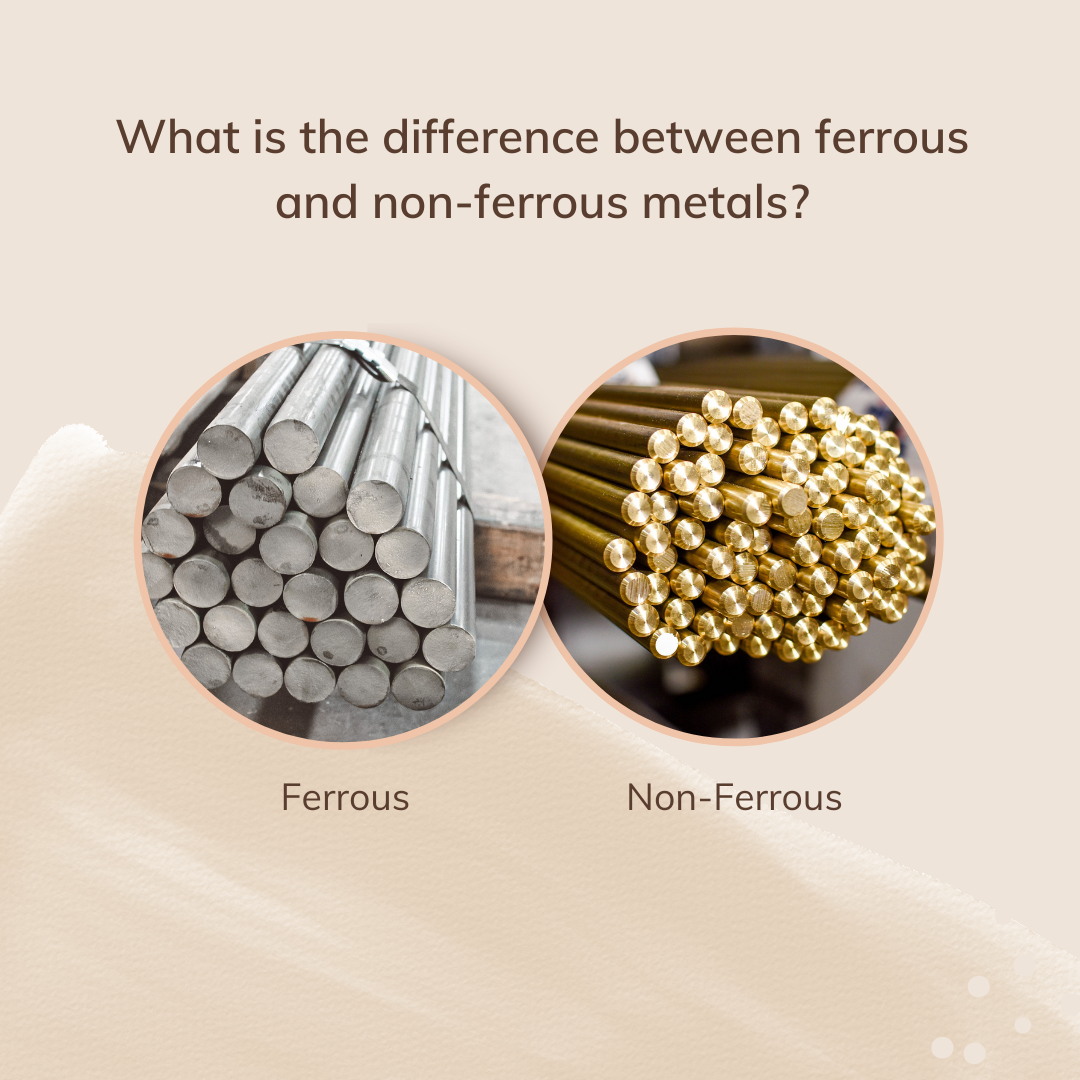The ongoing drive toward sustainability and climate resilience has brought the spotlight to sectors often seen as traditional and unchanging. Among these, the metals industry—spanning producers, processors, and fabricators—stands out for its critical role in shaping a greener future. From aluminum and copper to specialty alloys, metals form the backbone of sustainable infrastructure, renewable energy, and environmental stewardship initiatives across North America.
As the world faces mounting climate challenges and stricter environmental standards, forward-thinking organizations are integrating metals not only for their strength and versatility, but also for their potential to accelerate climate action. In fact, many of the most innovative climate solutions, such as the large-scale renewable projects supported by organizations like FL22, depend directly on advanced materials and precise metal components.
Metals: The Foundation of Modern Sustainability
Metals are fundamental to sustainable development. Aluminum, stainless steel, and copper are omnipresent in solar panel frames, wind turbine structures, electric vehicle components, and green building designs. The recyclability and longevity of these materials make them indispensable for reducing the carbon footprint of infrastructure projects.
Sustainable metals management is not just an industry concern—it is a priority for regulators and policymakers as well. Agencies like the U.S. Environmental Protection Agency (EPA) have set ambitious guidelines for the responsible sourcing, use, and recycling of metals. These standards are shaping the future of metals manufacturing, with businesses adopting new technologies and circular economy principles to align with both regulatory and societal expectations.
How the Metals Industry Drives Climate Progress
Metals are integral to nearly every climate-forward technology. Here are a few key intersections where metals directly support climate action:
1. Renewable Energy Projects
Solar farms, wind parks, and hydroelectric facilities rely on metal-intensive infrastructure. Aluminum and stainless steel provide corrosion resistance and structural support in harsh environments, ensuring durability and performance.
2. Green Building and LEED Certification
Modern architecture emphasizes energy efficiency, and metal products—such as insulated metal panels, energy-efficient window frames, and reflective roofing materials—help projects earn LEED points while lowering lifetime energy consumption.
3. Electric Vehicles and Charging Infrastructure
Copper, aluminum, and specialty alloys are vital for battery enclosures, lightweight body frames, and the expanding network of EV charging stations.
4. Urban Resilience and Smart Cities
Metal fabrication plays a key role in water management systems, public transit, and resilient infrastructure designed to withstand extreme weather events.
Aligning with Climate Action: Lessons from FL22
Organizations like FL22 are advancing large-scale climate initiatives that require close collaboration across industries. Their climate action campaigns often highlight the critical importance of materials selection and supply chain innovation in meeting decarbonization targets. By working with metals suppliers who prioritize environmental responsibility, these projects set a standard for effective, transparent climate action.
For instance, sourcing recycled metals or utilizing low-carbon production methods can significantly reduce the environmental footprint of public infrastructure. Many climate-focused non-profits now advocate for procurement policies that favor sustainable metals, which both stimulates demand for recycled materials and fosters innovation among suppliers.
Innovation in Metals Processing for a Greener Tomorrow
The metals sector is in the midst of a technological transformation. Industry leaders are investing in:
-
Advanced Recycling: New techniques increase the yield and quality of recycled metals, reducing the need for raw ore extraction.
-
Cleaner Production Processes: Electric arc furnaces, renewable-powered smelting, and advanced emissions controls are helping facilities cut their greenhouse gas emissions.
-
Smart Supply Chains: Data-driven logistics and inventory management systems reduce waste and optimize resource use, supporting leaner and more sustainable operations.
Regulatory Landscape and Industry Best Practices
Navigating the evolving regulatory environment is essential for all players in the metals supply chain. The EPA’s Sustainable Materials Management framework provides a roadmap for companies seeking to implement best practices in procurement, recycling, and lifecycle management of metals. Compliance is not just about avoiding penalties—it is a key competitive advantage for companies wishing to win climate-oriented contracts and earn the trust of environmentally conscious customers.
Industry associations also play a pivotal role. Organizations like The Aluminum Association, Copper Development Association, and International Stainless Steel Forum provide standards, certifications, and educational resources to ensure metal producers and fabricators are equipped to meet sustainability targets.
Conclusion: Building a Sustainable Future Together
The intersection of metals and climate action is fertile ground for innovation and impact. By integrating best practices in sustainable metals management and working in partnership with climate-focused organizations such as FL22, the metals industry can drive meaningful progress toward a low-carbon, resilient future. As regulations evolve and stakeholder expectations rise, leaders who invest in sustainability today will shape the infrastructure of tomorrow.
To learn more about how responsible metals management supports sustainability goals, visit the U.S. EPA’s resource center on sustainable materials.




